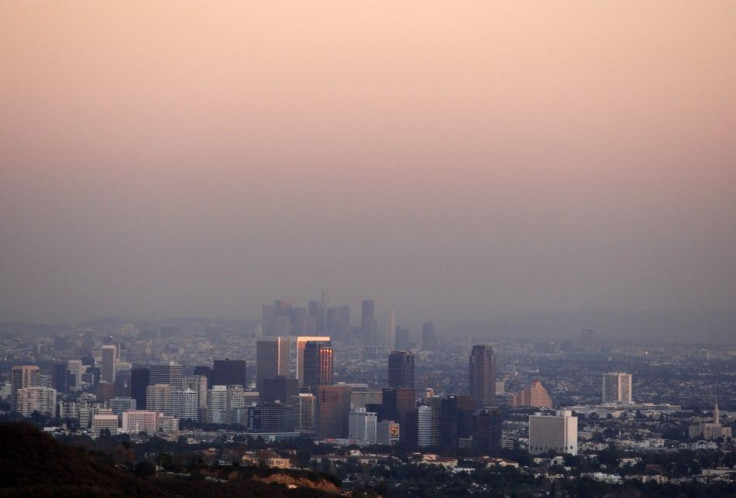US Fossil Fuel Pollution Averaged Out To 19 Tons Per Person In 2011

Carbon dioxide emissions jumped 2.6 percent in 2012, with the world population pumping an estimated 35.6 billion tons of carbon pollution into the atmosphere this year – a record high, according to a study of global carbon emissions.
That came after fossil fuel emissions grew 3.1 percent in 2011, according to the Global Carbon Project, which reports the results indicate the planet could see a bump in heat waves, droughts and storms as climate change takes hold.
“I am worried that the risks of dangerous climate change are too high on our current emissions trajectory. We need a radical plan," said study co-author Corinne Le Quére, the director of the Tyndall Centre for Climate Change Research in England at the University of East Anglia, in a statement.
If the projection from the report is accurate, it would mean global emissions from fossil fuels are now 58 percent above 1990 levels, the baseline for the international climate treaty known as the Kyoto Protocol.
The United States, which never ratified the treaty, released the second-highest amount of fossil fuels in 2011 (16 percent of the total). The biggest culprit was China, which emitted 28 percent of the planet’s carbon pollution, followed by the European Union (11 percent) and India (7 percent).
While the United States led in emissions per person --19 tons -- both it and the European Union actually saw their emission decrease by 1.8 and 2.8 percent respectively in 2011. Meanwhile, CO2 emissions rose in China (9.9 percent) and India (7.5 percent).
According to the report, comprehensive emission reduction is absolutely necessary by 2020 to keep the global average temperature from rising below the international target of 3.6 degrees Fahrenheit.
Although President Barack Obama failed to deliver on his promise to address climate change during his first term, currently the president – perhaps encouraged by a summer of extreme weather that was topped off by Hurricane Sandy – is developing the building blocks for a climate treaty that would require fossil fuel emissions cuts from the U.S. and China.
A U.S. State Department envoy is reportedly in Doha, Qatar, this week, where representatives from 190 nations are entering their second week of talks at a United Nations conference aimed at working toward a worldwide agreement to slow down global warming.
The goal is for countries to agree to a pact by 2015 that supersedes limits on carbon emissions for industrial nations under the Kyoto Protocol, Bloomberg News reports. The agreement would take force in 2020.
© Copyright IBTimes 2024. All rights reserved.





















